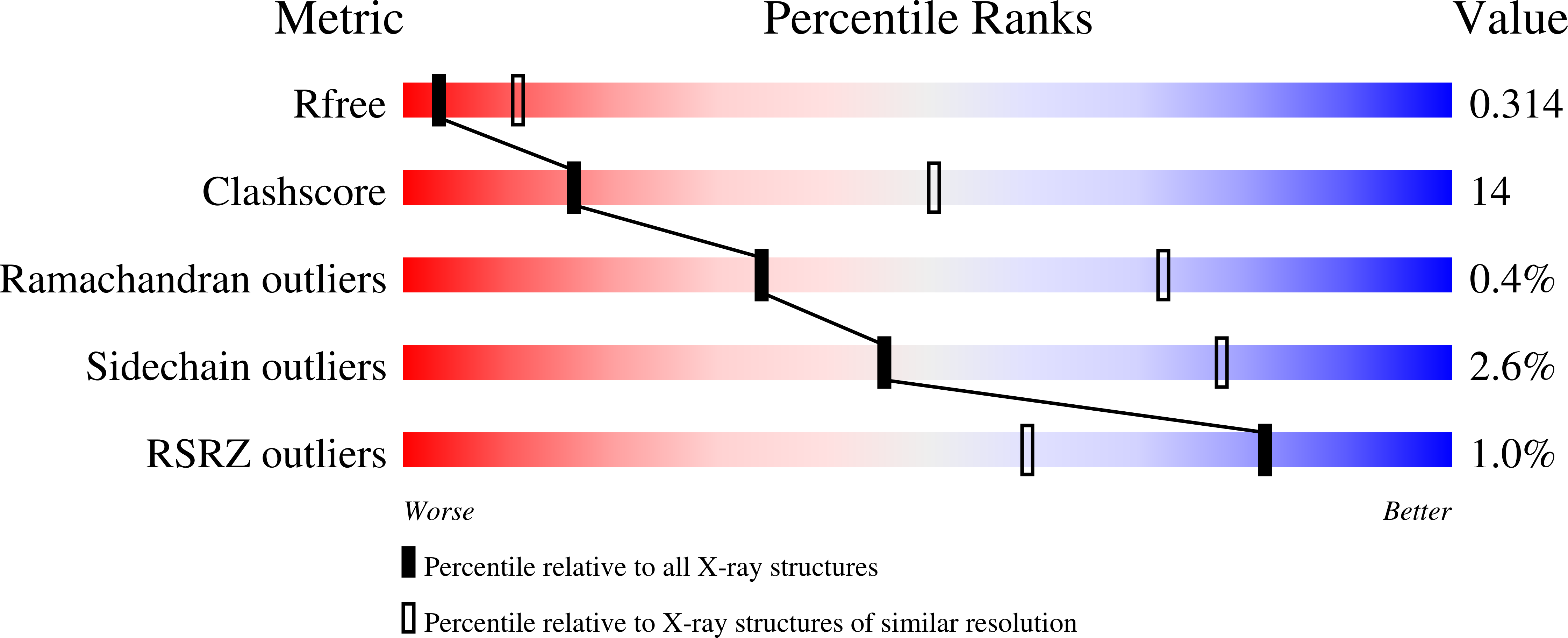
Deposition Date
2022-03-21
Release Date
2023-03-22
Last Version Date
2024-04-24
Entry Detail
PDB ID:
7UE1
Keywords:
Title:
HIV-1 Integrase Catalytic Core Domain Mutant (KGD) in Complex with Inhibitor GRL-142
Biological Source:
Source Organism:
Human immunodeficiency virus 1 (Taxon ID: 11676)
Host Organism:
Method Details:
Experimental Method:
Resolution:
3.00 Å
R-Value Free:
0.31
R-Value Work:
0.22
R-Value Observed:
0.22
Space Group:
I 4 2 2


